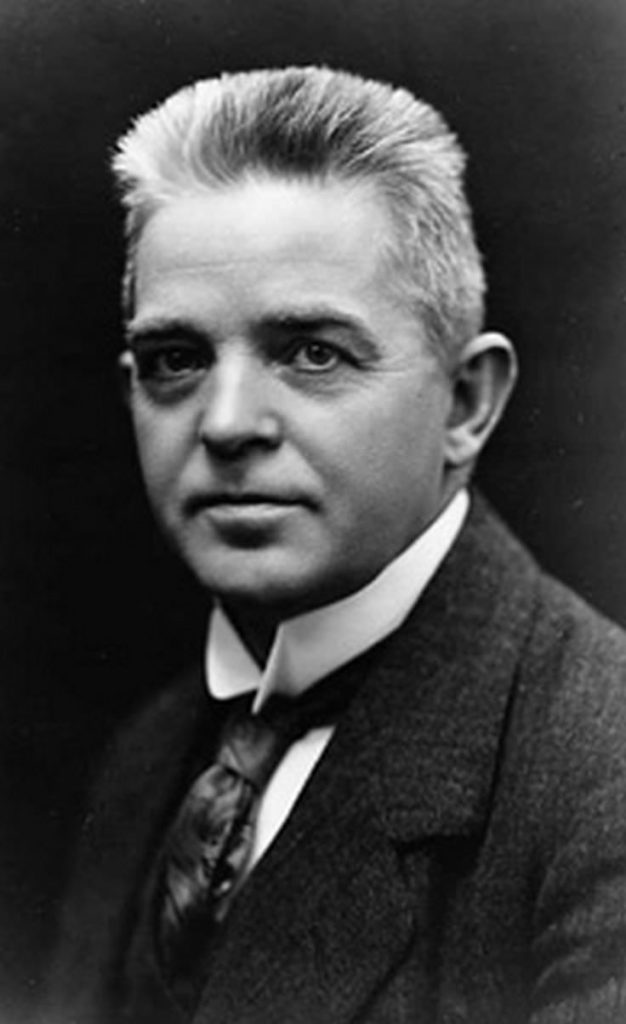New World closes year in style with chamber music from the North
The New World Symphony’s final chamber music concert of the year was title “Northern Lights,” focusing on works from Scandinavia with detours to Japan and Canada. Perhaps not surprisingly, the afternoon’s best scores were by the three most famous composers—Carl Nielsen, Jean Sibelius and Edvard Grieg..
Nielsen’s Quintet for Winds, Op. 43, opened the program Sunday at the New World Center. Written in 1922, the work is a classic of the wind chamber literature, singing in a light and folkish manner. The Quintet hails from Nielsen’s late period when he had perfected his compositional technique to the point that there is not a note or bar too many in this concise, three-movement creation.
The five New World players offered an exceptional reading of the score. The wind fellows’ execution was consistently clean and transparent unlike many performances. Every instrumental voice emerged with exceptional clarity. In the tricky horn part, David Alexander’s playing was consistently strong, study and accurate. Emily Bieker’s flute and Brendon Sill’s bassoon sounded with large sonority and weight. Playing the crucial clarinet part. Jakob Lenhardt could spin a melody with a singing line or articulate gnarly leaps with assurance. Joo Bin Yi’s firm control and expressive intensity made the oboe’s role shine.
The final theme and variations on Nielsen’s hymn “My Jesus, make my heart to love Thee” were superbly rendered with each variation given a distinctive character ranging from pensive to invigorating. Fine ensemble cohesion throughout the 25-minute opus marked a traversal that was both true to the letter of the score and refreshingly imaginative.
Sibelius’ Serenata for two violins and cello was written in 1887, before any of his famous works. There is a whiff of the Valse Triste that was to come in this unabashed salon piece. Its principal subject is a delectably schmaltzy melody. Violinists Jacob Buhler and Jaewon Seo (who both played standing) and cellist David Olson brought an appropriately sugary romantic aura to this appealing vignette.
Nine string players took part in Grieg’s Two Elegiac Melodies, Op. 34. The composer’s transcriptions of previously conceived vocal works, Grieg’s trademark melodic inspiration is strongly evident in these brief selections. “The Wounded Heat” is darkly bleak while “The Last Spring” waxes lyrical, albeit with the tragic undercurrent of impending death. Led by violinist Ann Cho, the players exhibited tonal richness with cellists Kamila Dotta and Jessica Hong standing out for depth of sound and eloquence of phrasing.
Japanese composer Jo Kondo (born in 1947) spent a year in New York in 1978 where he heard and was greatly impressed by the work of American avant-garde icons John Cage and Morton Feldman. That influence is strongly felt in An Insular Style for flute, clarinet, percussion and harp.
Like much of Feldman’s work, there is a sense of stillness in Kondo’s eight-minute soundscape. The instrumentalists play overlapping melodic fragments amid a play of timbres. Engaging and riveting in its peaceful interplay of colors, this score makes one eager to hear more of Kondo’s music. Phoebe Powell’s elegant harp lines took center stage amid the textured wind playing of flutist Minha Kim and clarinetist Julianna Darby. On mallet percussion and gongs, Caleb Breidenbaugh added atmospheric undertones.
Canadian composer Ann Southam’s Quintet for piano and strings (1986) is based on a tone row of twelve pitches. The piano plays the first five, followed by the strings filling out the row. At the conclusion, the solo piano again takes the limelight.
Like many such works, Southam’s score feels arid and academic. In a video introduction, pianist Noah Sonderling suggested that the music sounds more like Steve Reich than Arnold Schoenberg. But Southam’s opus does not come near reaching the level of those masters’ best creativity. Sonderling had the startlingly difficult piano part well in hand and the four string players did their best, but this score proved, ultimately, a losing cause.
The concert concluded with Three Norwegian Dances by Norwegian trombonist and educator Mogens Andresen. Played by 11 brass fellows and two percussionists, these bright cameos were festive pre-holiday fare. The ensemble (which included both tuba and euphonium and cornets as well as trumpets) clapped and stomped to the peppy melody of the initial tuba solo. “Per the Fiddler,” the folk dance finale, capped the proceedings with a joyful noise indeed.
Patrick Dupré Quigley conducts the New World Symphony in Orff’s Carmina Burana with soprano Rebecca Myers, tenor Brad Diamond, baritone Elliot Madore and Seraphic Fire and community choruses. The program also features Vaughan Williams’ Serenade to Music and Clara Schumann’s Piano Concerto with Isata Kanneh-Mason. 8 p.m. January 14 at the Arsht Center in Miami. nws.edu
Posted in Performances
Leave a Comment
Mon Dec 19, 2022
at 1:31 pm
No Comments







